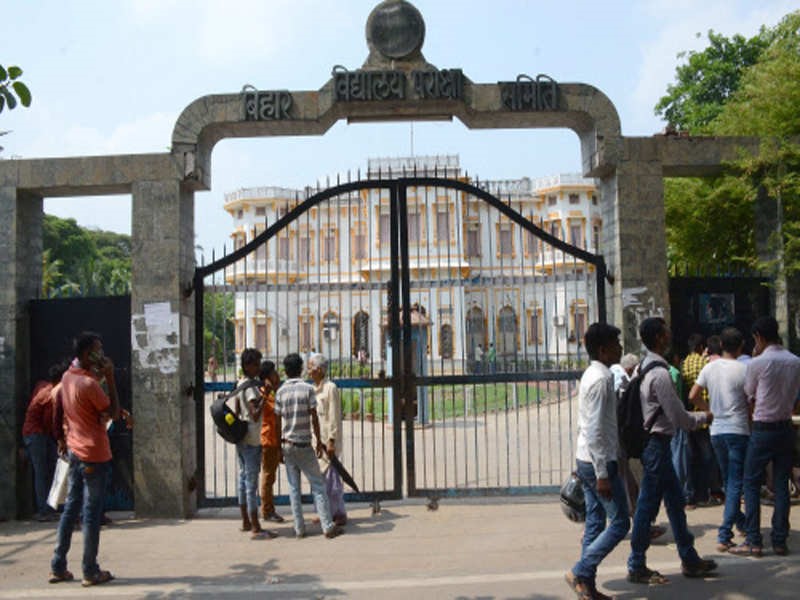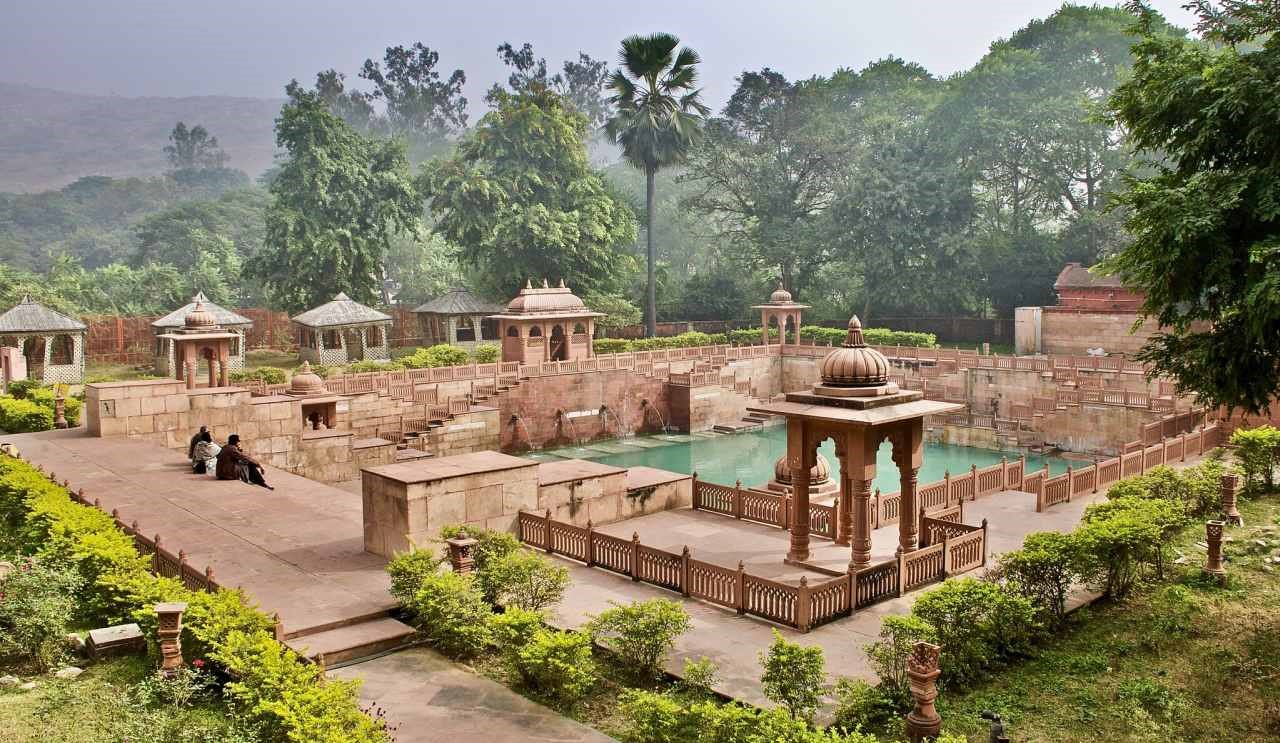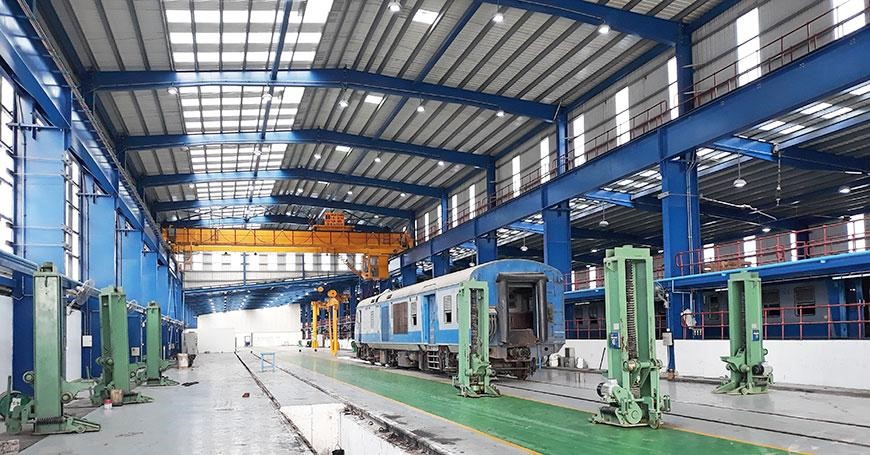Welcome to Labkafe ~ Orientallabs Retail Services Private Limited
The intermediate level of education at Bihar board is a state of transition for students, who are journeying from general education to a more specialty-oriented study and skill development. To that end, the BSEB physics practicals are extremely important. Today, we will discuss the Bihar board physics lab syllabus, its structure, and the list of experiments and observations in it.
The Bihar board exams for classes 11-12 are held in February or March. This year it was held from the 1st to the 14th of February. The practical exams are generally held two to three weeks before the written papers. Therefore, students of class XI need to prepare for the BSEB physics practicals from now on. For this purpose, this comprehensive list of experiments and observations is going to come in very handy indeed.

The school-level education system in the state of Bihar is controlled by the Bihar School Examination Board (or BSEB in short). The BSEB official website or Bihar board online link is here: http://biharboardonline.bihar.gov.in/ which is a secure website very useful for students, teachers, and school administrators.
The BSEB physics practical syllabus aims to be helpful in developing the process-oriented skills of the students. It augments the need to apply the concepts of physics to everyday life and promotes the students’ problem-solving skills. This will help students in making decisions based on clear reasoning, and make them able to investigate the cause and effects. It will also interest them in doing independent research and experimentation, of which skills the modern Indian workforce lacks a lot.
The Bihar board practical syllabus for class 11 is divided into two sections. Students will have to complete at least 6 experiments from each section, totaling at least 15. Other than that, there are activities to be done, at least a couple from each section adding up to at least 6 in total. At the end of the year, students will have to present a record of all the experiments and activities they have done throughout the year, plus a report of a project they will have to undertake.
The BSEB physics practical exam for class 11 is three hours long and tests the students through 30 marks worth of action. These are distributed in the following way:
Experiments
Activities
These activities are not to be performed by students; the teacher or lab instructor should demonstrate them only. The students need to note down their observations and conclusions.
Experiments
Activities
Same as above, these activities are there for demonstration purposes only.

The rules and marks distributions for the second year of Bihar board intermediate are the same as the first year, as above. The students submit a record and give the examination, as usual ‒ based on the below-mentioned experiments and observations.
Experiment
Activities
Experiments
Activities

The Bihar board physics practical syllabus, as described above, has a lot to learn in it. It requires patience and hard work to get through all the curriculum. However, some schools choose not to complete the full syllabus, for many valid reasons. But if you are lacking in your basic practical skills, it would be hard for you to cope in the later years of your career (if you’re going into applied physics or engineering way). In this case, you can take the help of Labkafe Tutorials.
Good news here! You can do all of the above practicals with our BSEB Physics Lab Package, which includes all kinds of lab equipment , lab apparatus, instruments and everything else you may need to perform these experiments and observations. This lab package is preconfigured to match the affiliation for the Bihar board intermediate level requirement. But do note that you will still need a proper dry lab furniture setup to conduct these experiments.
Labkafe is among the most promising laboratory supplies vendors in India. We manufacture and supply lab equipment, lab furniture, lab consumables, lab glassware, lab machines and more! Not only we manufacture lab items, we export to international resellers too. We fulfill CBSE ICSE ISC IGCSE IB State board affiliation requirements for schools by providing affiliation packages to schools. Our featured products are:
Chosen by over 1200 schools, colleges, universities, research labs, government agencies and private companies to build or renovate their laboratories, Labkafe stands as your best friend when it comes to labs. We are also a registered OEM on GeM. Our clients love us because we provide the best quality of lab products, free demos, free installation, and support for ever.
Do you wish to experience excellence too? Why not contact us today at [email protected], or call 9147163562 directly ‒ we are always available to serve. You can also use the chat button in the corner to connect to one of our representatives instantly!
Feb 16, 2023 by Biswajit Sana
Jan 24, 2023 by Biswajit Sana